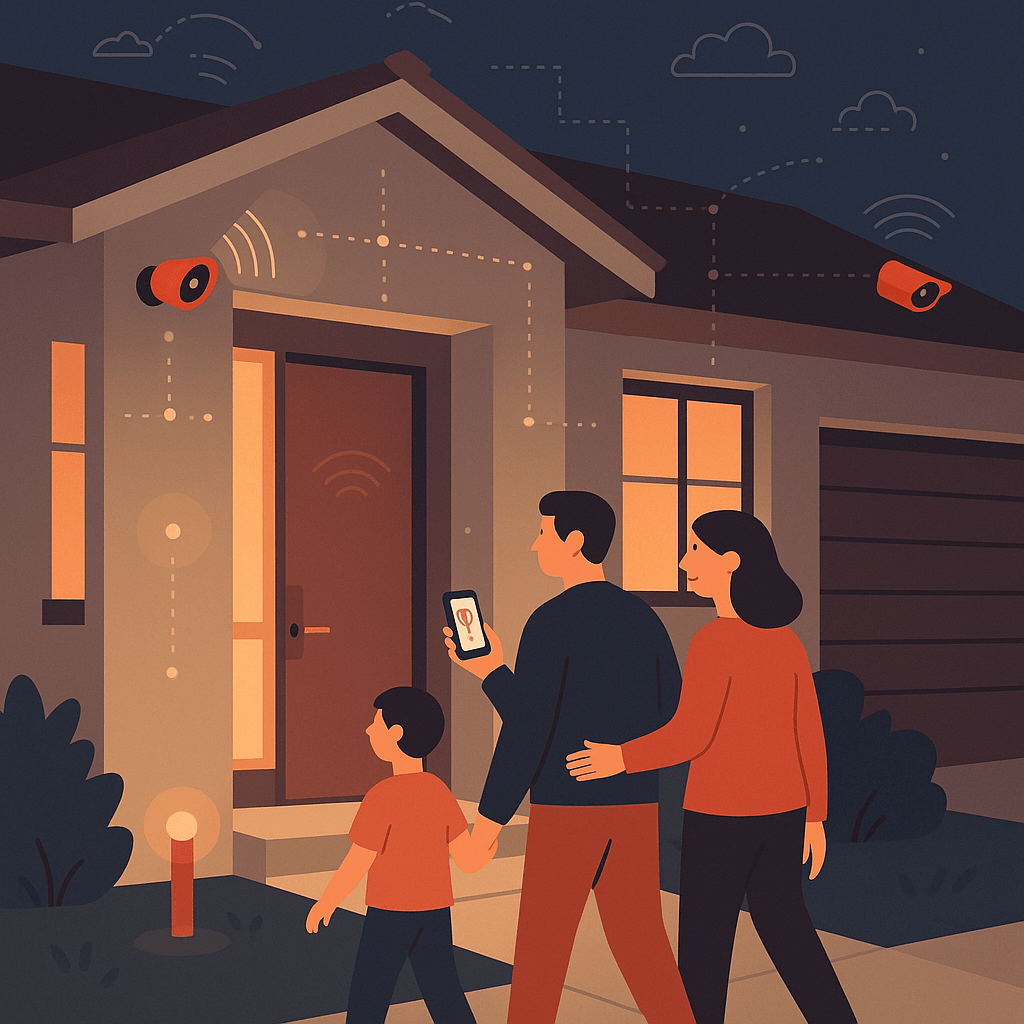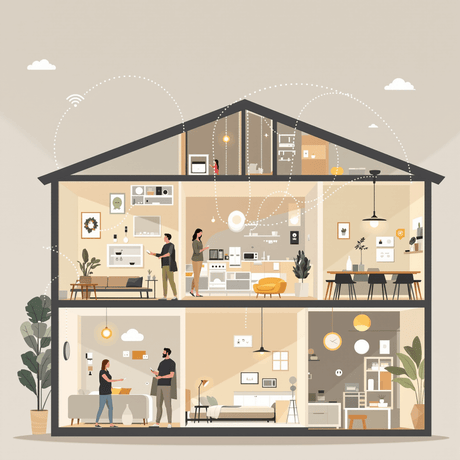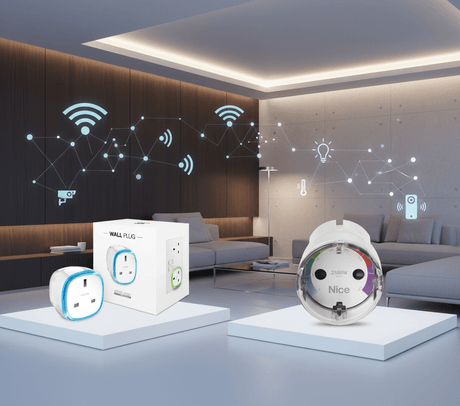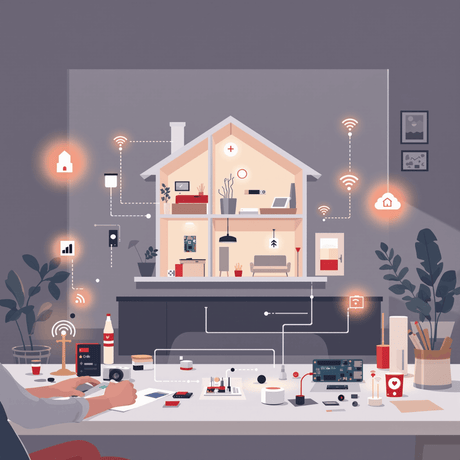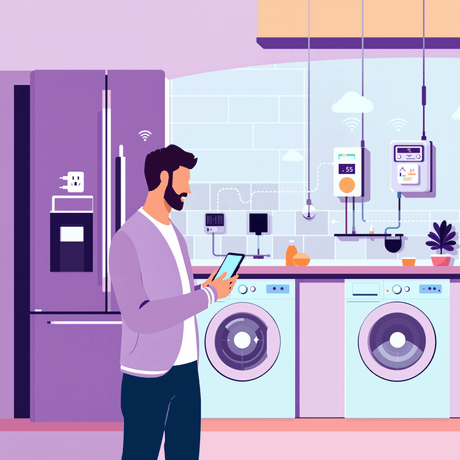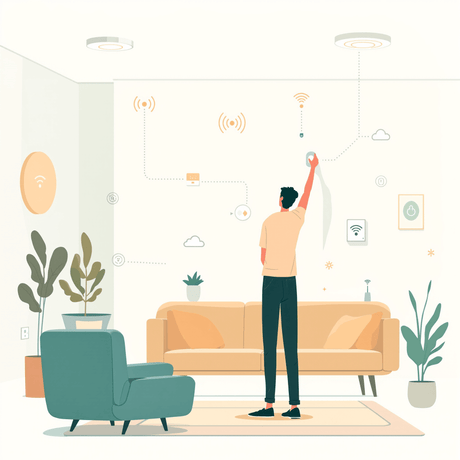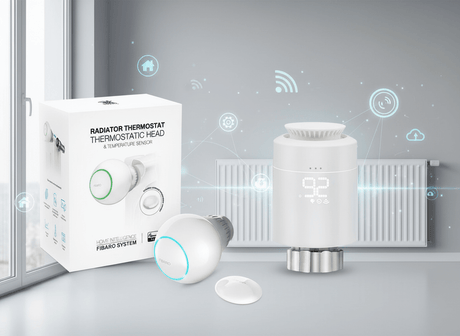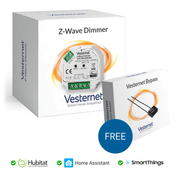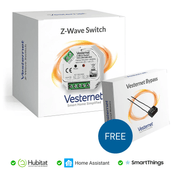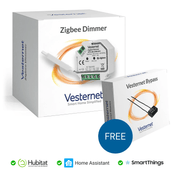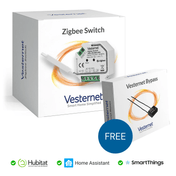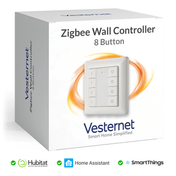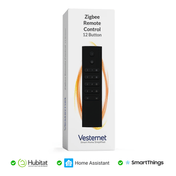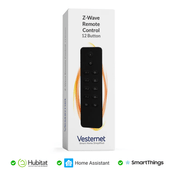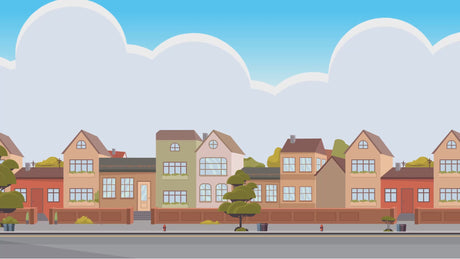Bekymringer om hjemmets sikkerhed stiger i takt med at smart teknologi bliver mere tilgængelig, og husejere søger omfattende beskyttelse gennem integrerede systemer i stedet for separate enheder. Traditionelle sikkerhedstilgange efterlader ofte huller i dækningen, mens moderne smart home-sikkerhedssystemer tilbyder problemfri overvågning og automatiserede reaktioner, der tilpasser sig dine daglige rutiner.
Smart home-sikkerhedsinstallationer kombinerer kameraer, smarte låse, bevægelsessensorer og alarmsystemer i et sammenhængende netværk, der leverer overvågning i realtid, automatiserede alarmer og fjernbetjeningsfunktioner. Denne sammenkoblede tilgang sikrer, at hver komponent fungerer harmonisk for at skabe flere lag af beskyttelse, lige fra at forhindre uautoriseret adgang til at dokumentere sikkerhedshændelser og øjeblikkeligt advare husejere om potentielle trusler.
Denne komplette installationsvejledning dækker valg af enhed, planlægning af dit sikkerhedslayout, trinvise installationsprocesser, integrationsteknikker og løbende systemoptimering. Uanset om du starter med grundlæggende kameraovervågning eller implementerer et omfattende adgangskontrolsystem, vil disse detaljerede instruktioner hjælpe dig med at opbygge et professionelt sikkerhedsnetværk, der er skræddersyet til dit hjems unikke behov.
Forståelse af grundlæggende sikkerhed i smarte hjem
Moderne smart home-sikkerhedssystemer består af sammenkoblede enheder, der kommunikerer via trådløse protokoller for at skabe omfattende beskyttelsesnetværk. Disse systemer udmærker sig, fordi de kombinerer flere detektionsmetoder med automatiserede reaktioner, hvilket sikrer, at trusler identificeres hurtigt, og at der træffes passende handlinger uden konstant menneskelig overvågning.
Kernekomponenter i sikkerhedssystemet omfatter:
- Smart kameraer til visuel overvågning og indsamling af bevismateriale
- Intelligente dørlåse med fjernadgangskontrolfunktioner
- Bevægelsessensorer til at detektere bevægelse i beskyttede områder
- Dør- og vinduessensorer til detektion af perimeterbrud
- Alarm sirener og notifikationssystemer til øjeblikkelige advarsler

Integrerede systemer giver bedre beskyttelse sammenlignet med enkeltstående enheder, fordi de deler information øjeblikkeligt, udløser koordinerede reaktioner og eliminerer de sikkerhedshuller, der opstår, når enheder fungerer uafhængigt. Denne sammenkoblede tilgang betyder, at en dørsensor samtidig kan aktivere kameraer, sende mobilalarmer og udløse afskrækkende belysning, når der registreres uautoriseret adgang.
Planlægning af din strategi for sikkerhedsinstallation
Effektiv planlægning af sikkerhedssystemer begynder med en grundig vurdering af din ejendoms sårbare punkter og trafikmønstre. Gå rundt om dit hjems omkreds på forskellige tidspunkter af dagen, og identificer potentielle indgangspunkter, blinde vinkler og områder, der kræver overvågning, samtidig med at du overvejer, hvordan familiemedlemmer og autoriserede besøgende typisk får adgang til din ejendom.
Vigtige planlægningsmæssige overvejelser:
- Kortlæg alle indgangspunkter, inklusive døre, vinduer og kælderadgang
- Identificer områder med høj værdi, der kræver forbedret overvågning
- Vurdere
Wi-Fi signalstyrke på alle installationssteder - Overvej strømkildens tilgængelighed for hver enhedsplacering

Planlægning af overvågningssystemer kræver en balance mellem omfattende dækning og privatlivshensyn samt praktiske installationskrav. Fokuser først på at sikre primære adgangspunkter, og udvid derefter dækningen til sekundære områder som haver, indkørsler og indendørs rum baseret på dine specifikke sikkerhedsprioriteter og budgetbegrænsninger.
Vejledning til installation og opsætning af kamera
Kamerainstallation danner det visuelle fundament for dit sikkerhedssystem og giver overvågning i realtid og registreret bevis for sikkerhedshændelser. Korrekt placering sikrer optimal dækning, samtidig med at der opretholdes pålidelig forbindelse og strømforsyning til hver enhed under forskellige vejrforhold og driftsscenarier.
Professionelle installationsteknikker til udendørskameraer:
- Monter kameraer i 2,5-3 meters højde for optimale synsvinkler
- Placer apparater under tagudhæng eller brug vejrbestandige huse
- Sørg for klare sigtelinjer, og undgå direkte sollys
- Prøve
Wi-Fi signalstyrke før endelig placering
Opsætning af Tuya smartkamera involverer typisk at downloade producentens mobilapplikation og forbinde enheden til din
Installation af smartlås og adgangskontrol
Installation af smarte låse forvandler traditionel dørsikkerhed til intelligente adgangskontrolsystemer, der tilbyder nøglefri adgang, fjernovervågning og automatiserede låseplaner. Disse enheder integreres problemfrit med bredere sikkerhedsnetværk, samtidig med at de bevarer mekaniske backupmuligheder i situationer, hvor elektroniske systemer kan svigte.
Oversigt over installationsprocessen for Yale-låsen:
- Fjern eksisterende dørbeslag og mål justeringskravene
- Installer den smarte låsemekanisme i henhold til producentens specifikationer
- Konfigurer trådløs forbindelse og integration af mobilapps
- Programmer brugeradgangskoder og automatiske låseplaner
Integration af adgangskontrol rækker ud over grundlæggende låsemekanismer og omfatter funktioner som midlertidige gæstekoder, logføring af adgang og automatiske reaktioner på sikkerhedshændelser. Moderne smarte låse kan kommunikere med kameraer for at begynde at optage, når døre åbnes, sende øjeblikkelige meddelelser, når der opstår usædvanlige adgangsforsøg, og koordinere med alarmsystemer for at sikre omfattende beskyttelsesdækning.
Installation af bevægelses- og dørsensor
Bevægelsessensorer og dørsensorer skaber den usynlige sikkerhedsperimeter, der registrerer uautoriseret bevægelse og indtrængningsforsøg, før visuel kontakt opstår. Disse enheder fungerer som et tidligt varslingssystem, der udløser kameraer, alarmer og afskrækkende foranstaltninger, samtidig med at de yder omfattende dækning af beskyttede områder.
Optimale strategier for sensorplacering:
- Installer bevægelsessensorer i hjørner for at opnå maksimal dækning
- Placer dørsensorerne på karmens stationære side for pålidelig kontakt
- Undgå at placere bevægelsesdetektorer i nærheden af varmekilder eller genstande i bevægelse
- Test detektionszoner grundigt inden installationerne færdiggøres
Opsætning af sikkerhedsenheder til sensorer involverer konfiguration af detektionsfølsomhedsniveauer, etablering af kommunikation med dit centrale styresystem og programmering af passende reaktionshandlinger for forskellige typer udløste hændelser. Batteridrevne sensorer kræver regelmæssige vedligeholdelsesplaner, mens fastforbundne muligheder giver kontinuerlig drift uden problemer med strømstyring.
Integration og automatisering af sikkerhedssystemer
Systemintegration omdanner individuelle sikkerhedsenheder til et koordineret beskyttelsesnetværk, der reagerer intelligent på sikkerhedshændelser.Denne proces involverer etablering af kommunikationsprotokoller mellem enheder, programmering af automatiserede responssekvenser og oprettelse af brugervenlige kontrolgrænseflader til daglig styring.
Funktioner til automatisering af integration omfatter:
- Koordineret kameraaktivering, når bevægelsessensorer registrerer bevægelse
- Automatisk dørlåsning, når alarmsystemerne aktiveres
- Samtidige advarsler på tværs af flere notifikationskanaler
- Planlagte ændringer af sikkerhedstilstand baseret på belægningsmønstre

Vægcontrollere og fjernbetjeninger fungerer som centrale kommandopunkter til styring af integrerede sikkerhedssystemer og leverer fysiske grænseflader, der supplerer mobilapplikationer. Disse controllere muliggør hurtig systemaktivering og -frakobling, øjeblikkelig adgang til kamerafeeds og manuelle overstyringsfunktioner, når automatiserede reaktioner kræver menneskelig indgriben.
Avanceret konfiguration og optimering
Avanceret konfiguration finjusterer dit sikkerhedssystems ydeevne ved at justere følsomhedsindstillinger, oprette sofistikerede automatiseringsregler og implementere redundante beskyttelsesforanstaltninger. Disse optimeringer sikrer, at dit system reagerer korrekt på reelle trusler, samtidig med at det minimerer falske alarmer og unødvendige meddelelser.
Systemoptimeringsteknikker:
- Kalibrer bevægelsessensorens følsomhed baseret på miljøfaktorer
- Opret lokationsbaserede automatiseringsregler for forskellige familieplaner
- Implementer backup-strømløsninger til kritiske sikkerhedskomponenter
- Etabler redundante kommunikationsveje for pålidelig systemforbindelse

Integration med eksisterende smart home-systemer udvider dit sikkerhedsnetværks muligheder ved at forbinde med lysstyring, HVAC-systemer og underholdningsenheder. Denne omfattende integration gør det muligt for sikkerhedshændelser at udløse koordinerede reaktioner i hele dit hjem, f.eks. aktivering af afskrækkende belysning, justering af termostatindstillinger og pausering af lydsystemer for at sikre, at alarmmeddelelser høres tydeligt.
Bedste praksis for fejlfinding og vedligeholdelse
Regelmæssig vedligeholdelse sikrer, at dit sikkerhedssystem fungerer pålideligt og fortsat yder omfattende beskyttelse over tid. Etablering af systematiske testplaner og proaktive vedligeholdelsesrutiner forhindrer sikkerhedshuller, der kan kompromittere dit hjems beskyttelse, når du har mest brug for det.
Vigtige vedligeholdelsesprocedurer:
- Test alle sensorer og kameraer månedligt for korrekt funktionalitet
- Udskift sensorbatterierne i henhold til producentens anbefalinger
- Opdater enhedens firmware regelmæssigt for at vedligeholde sikkerhedsrettelser
- Rengør kameralinser og kontroller monteringsudstyr hvert kvartal
Almindelige installationsproblemer relaterer sig ofte til
Konklusion
Installation af et omfattende smart home-sikkerhedssystem kræver omhyggelig planlægning, korrekt valg af enheder og metodiske installationsprocesser, men resulterer i et robust beskyttelsesnetværk, der forbedrer både sikkerhed og bekvemmelighed gennem automatisering og fjernovervågning. Integrationen af kameraer, smarte låse, sensorer og alarmsystemer skaber flere lag af beskyttelse, der arbejder problemfrit sammen for at beskytte din ejendom og din familie.
Start med centrale sikkerhedskomponenter som kameraer og smarte låse, og udbyg derefter gradvist dit system med bevægelsessensorer og automatiserede kontroller, og test hver komponent grundigt, før du går videre til den næste installationsfase. Denne systematiske tilgang sikrer, at hver enhed fungerer korrekt i dit samlede sikkerhedsnetværk, samtidig med at du kan sprede installationsomkostningerne over tid og gradvist lære dit systems funktioner at kende.
Klar til at sikre dit smarte hjem med professionelle sikkerhedsenheder?

